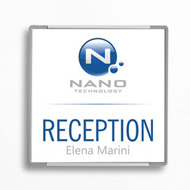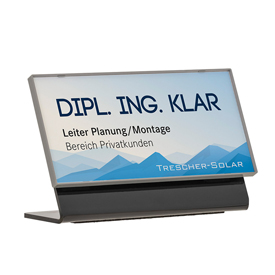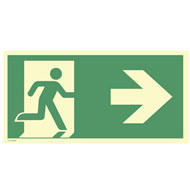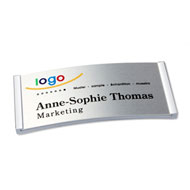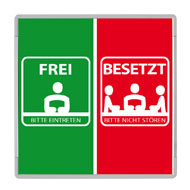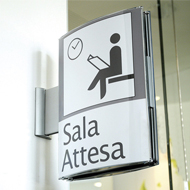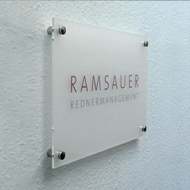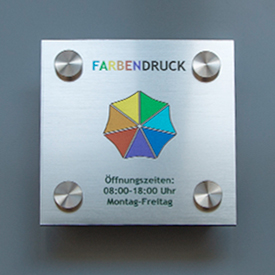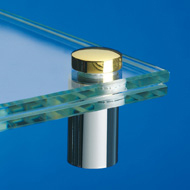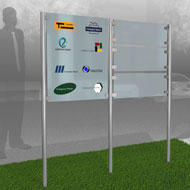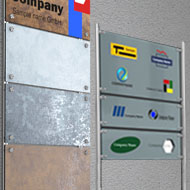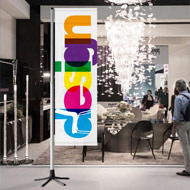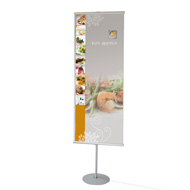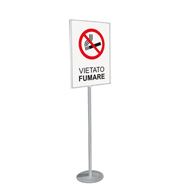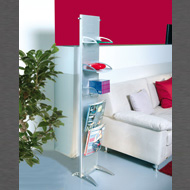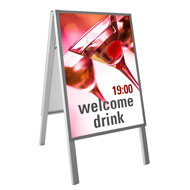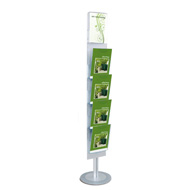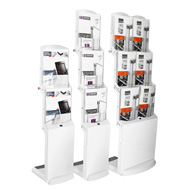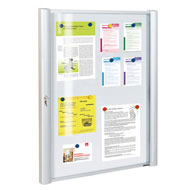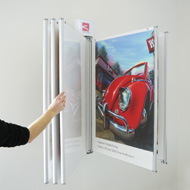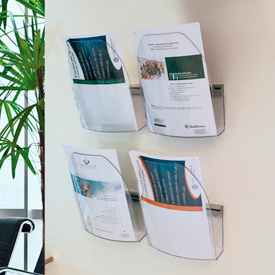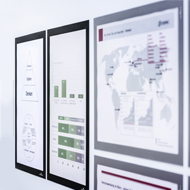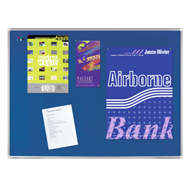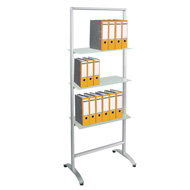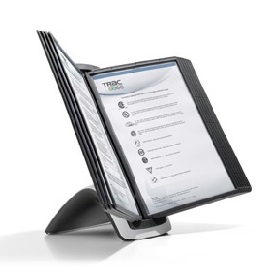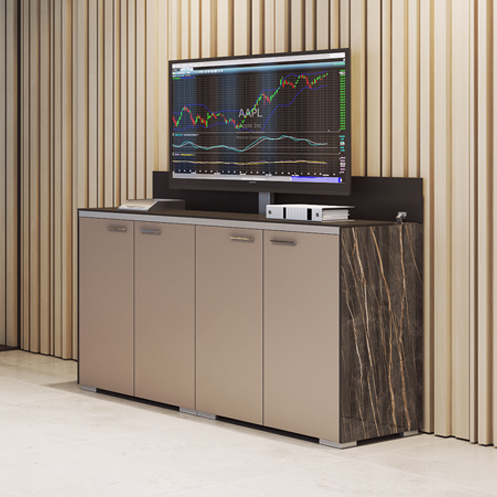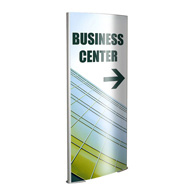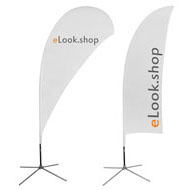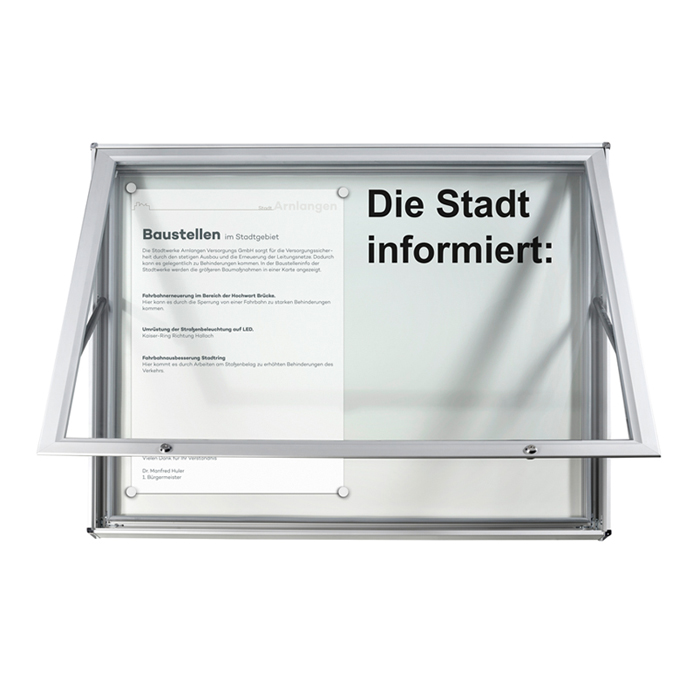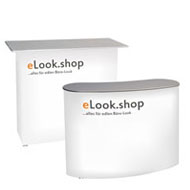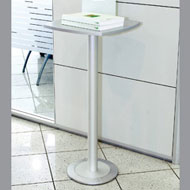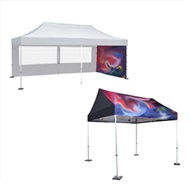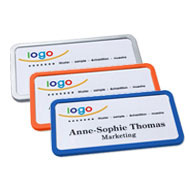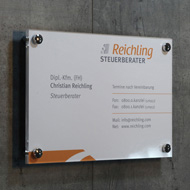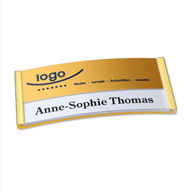How Augmented Reality and QR Codes are Changing the World of Labeling
Tuesday, July 1, 2025
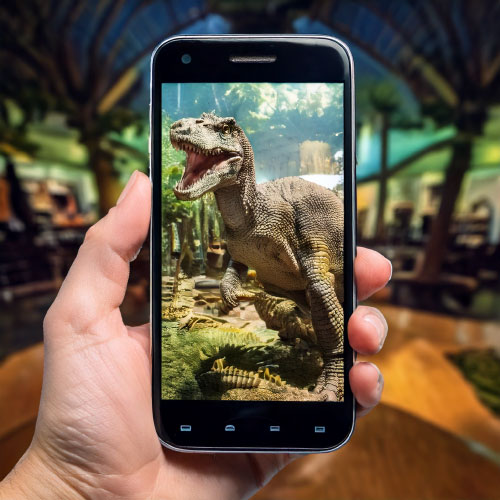
Digital extensions as new marketing opportunities
In an increasingly digitalized world, traditional means of communication and advertising are also changing. Signs, whether on products, in shop windows, on trade fair stands, or on information boards, are no longer just static information carriers. Thanks to technologies such as augmented reality (AR) and QR codes, they are taking on a whole new dimension: They are becoming interactive experiences, digital bridges between the physical world and virtual content. This opens up innovative ways for companies to convey their messages, generate attention, and engage with customers.From stickers to experiences: The role of augmented reality
Augmented reality overlays digital content, such as videos, 3D models, or animations, onto real objects captured, for example, by a smartphone camera. A simple sign or poster thus becomes the gateway to a virtual world of experience. What was once limited to a few words and images can now convey in-depth, visually impressive information.One example: A museum sign that brings a historical scene to life using AR. Or a product label that, when scanned, displays animated instructions or explains the manufacturing process in a short film. Even simple building signs can be transformed into wayfinding tools with dynamic navigation using AR—particularly useful in large corporate complexes or hospitals.
Especially in marketing, AR offers the opportunity to emotionally charge brands, tell stories, and encourage interaction. This technology not only keeps customers engaged with a product or place for longer, but also leaves a lasting impression.
QR codes: The underestimated door opener
QR codes have evolved from a fringe technological phenomenon to an integral part of everyday life in recent years, not least due to their widespread use during the pandemic. They are now easy to create, inexpensive to implement, and readable by any smartphone. Yet their potential is often underestimated.In combination with labeling systems, QR codes offer a straightforward way to link physical information with digital content. A small code on a product shelf leads to detailed technical data. A QR code on a display case links to a video with application ideas. Or it provides additional information in various languages—a real advantage for international target groups.
QR codes can not only provide information, but also measure: Which content is scanned and how often? Which campaigns achieve what reach? This data enables precise analysis and optimization of marketing measures – a clear advantage over traditional labels.
New possibilities for presentation and communication
Today, signs fulfill far more than just an informational function. They are becoming interactive media that not only display information but also make it tangible. This opens up entirely new possibilities, particularly in the areas of product presentation, trade fair equipment, and shop window design.A shelf can be transformed into an interactive sales area with an inconspicuous QR code. A company logo on a wall can tell an animated company story using AR. And a signpost on the company premises can simultaneously invite you to take a virtual tour.
These digital extensions not only create a modern impression, but also increase the usability and accessibility of information – important factors at a time when customer expectations of brand communication are rising.
Conclusion: Digitization as an opportunity for innovative labeling solutions
The combination of augmented reality and QR codes with traditional signage systems marks a turning point in the way information is conveyed and brands are presented. They transform static signage into dynamic communication tools – accessible, interactive, and measurable.This presents companies with the opportunity to reach customers in new ways, create experiences, and differentiate themselves from the competition through innovative approaches. Those who recognize the potential of digital enhancements and cleverly integrate them into their marketing strategy will not only gain a technological edge but also deliver real added value for their target groups.
